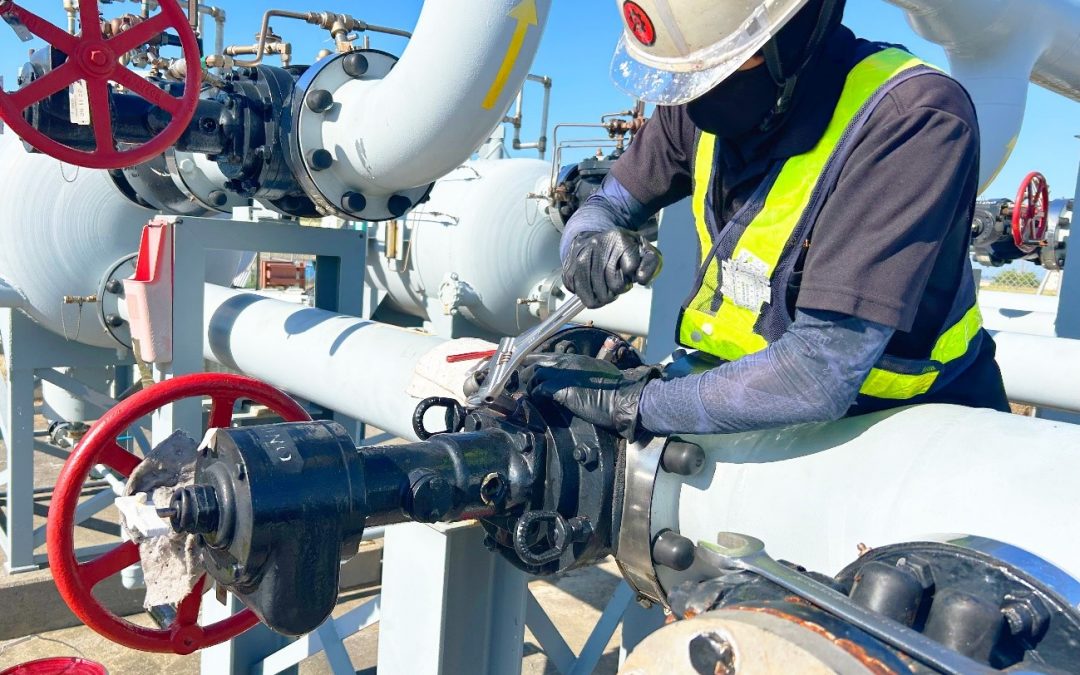Introduction
Ensuring smooth operations in any facility relies heavily on maintaining key components like double block and bleed valves (DBBVs). These valves are like the guardians of safety and functionality across a range of industries. Let’s take a closer look at the hands-on tasks involved in keeping DBBVs in top-notch condition to safeguard operational integrity.
Understanding the Significance of DBBVs
What are Double Block and Bleed Valves?
Double block and bleed valves, commonly known as DBBVs, are vital components in fluid systems. They provide a redundant sealing mechanism, effectively isolating a section of piping for maintenance or shutdown while allowing bleed-off of trapped fluid between the seals.
Importance in Facility Operations
DBBVs are crucial for maintaining operational safety and efficiency in various industries such as oil and gas, petrochemicals, and pharmaceuticals. They prevent fluid leakage, enhance system integrity, and facilitate maintenance procedures.
Maintenance Task for DBBVs
Replacing Corroded Valves
Corrosion is a common issue affecting DBBVs, compromising their functionality and integrity. Regular inspection and timely replacement of corroded valves are essential to prevent leaks and system failures.
Installing New Cavity Relief and DTR Assemblies
Cavity relief and Double Trip Rod (DTR) assemblies are integral components of DBBVs. Installing new assemblies ensures proper functionality and enhances system reliability.
Facility-specific Requirements
Different facilities may have unique requirements for cavity relief and DTR assemblies based on their operational needs and environmental conditions.
Drain Plug Replacement
Drain plugs are prone to wear and tear over time. Replacing them as part of routine maintenance helps prevent leaks and ensures uninterrupted operations.
Coating Corrosion-Prone Valves
Applying suitable coatings such as UFGS coatings to new valves can significantly extend their lifespan and protect them from corrosion.
Upgrading to Stainless Steel DTR Systems
Stainless steel DTR systems offer superior corrosion resistance compared to traditional materials, making them ideal for harsh operating environments.
Implementing Flange Protection Kits
Flange protection kits help safeguard flange connections from corrosion and damage, prolonging the lifespan of DBBVs and ensuring leak-free performance.
Bolt Cover Installation
Installing bolt covers prevents corrosion and maintains bolt integrity, reducing the risk of leaks and enhancing overall system reliability.
Proper Material Selection for Bolts
Selecting corrosion-resistant materials for bolts is crucial to mitigate the risk of bolt failure and ensure long-term reliability of DBBVs.
Post Repair Testing
Ensuring Effectiveness
Understanding the significance of Non-Destructive Examination (NDE) testing using dye penetration in ensuring the reliability of the newly fabricated pipelines.
Conclusion
Maintaining double block and bleed valves is essential for ensuring the safety and reliability of various facilities. By adhering to a comprehensive maintenance regimen that includes tasks such as replacing corroded valves, installing new cavity relief and DTR assemblies, and conducting post-repair testing, facilities can uphold operational integrity and minimize the risk of system failures.





